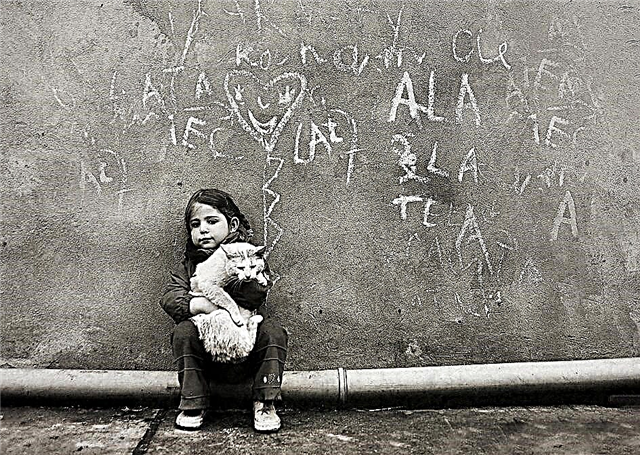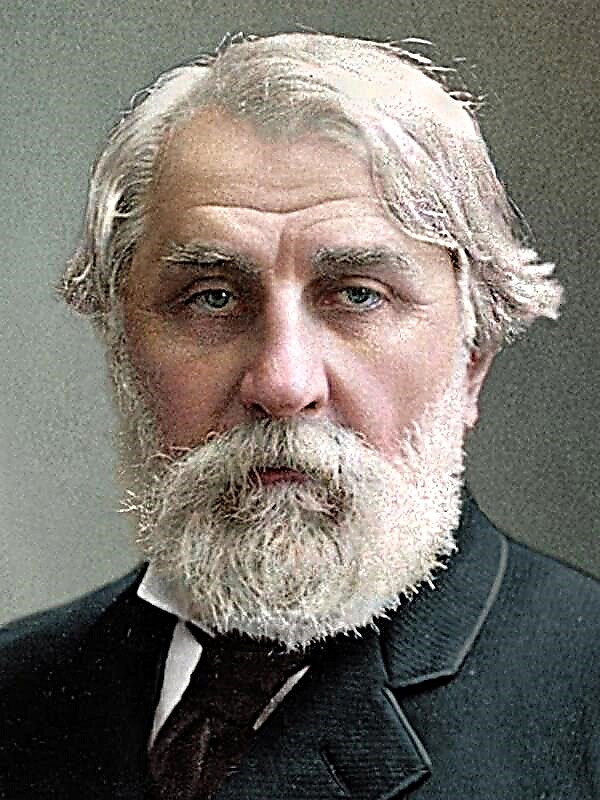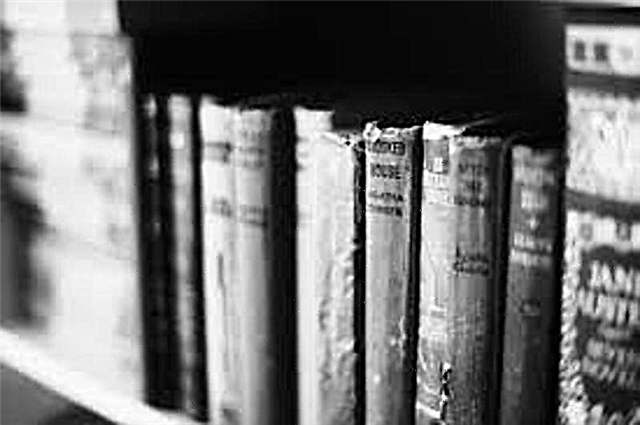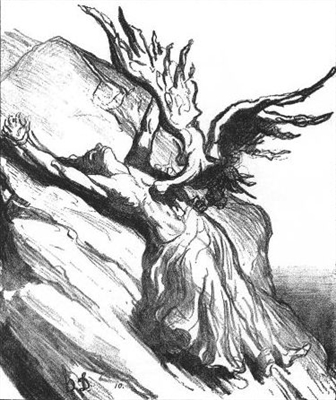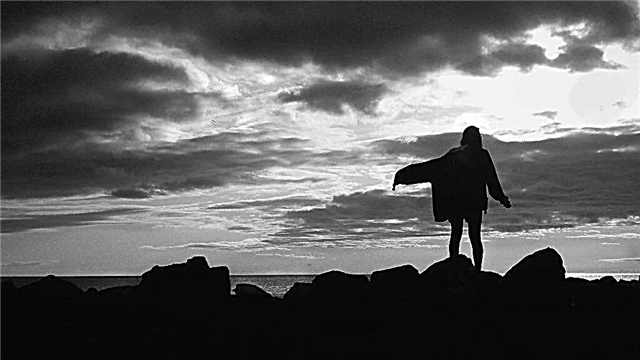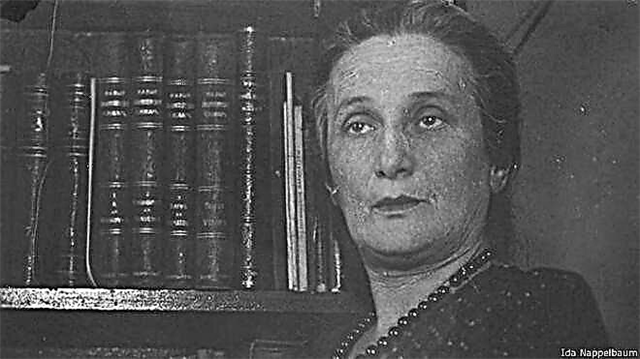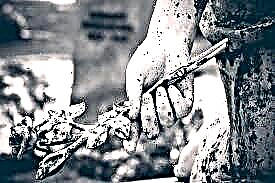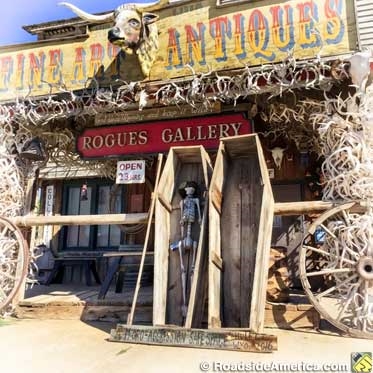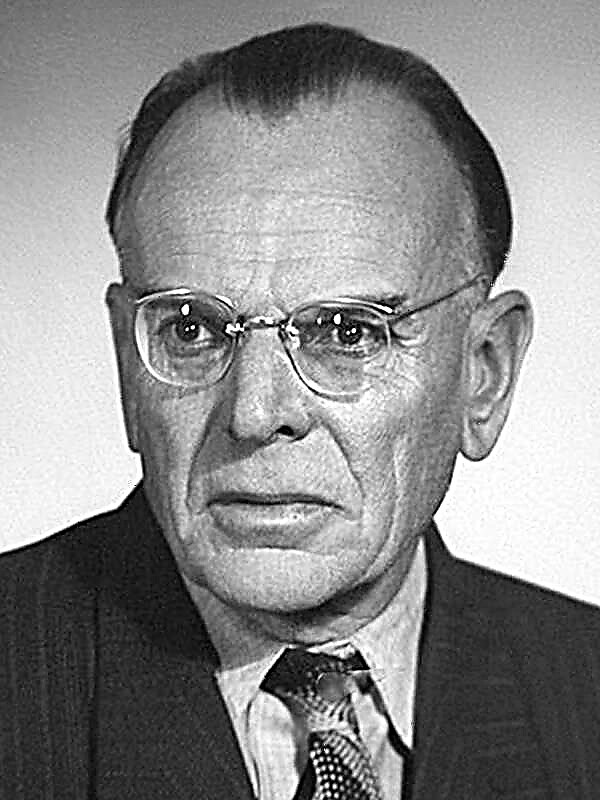(333 words) An important place in Russian literature is occupied by the image of the righteous - a kind and sincere person who does not depart from religious morality. Based on the Orthodox consciousness, literature has always sought to find different approaches to portraying sinless people, each of which deserves special attention.
Among the heroes of the autobiographical trilogy of Leo Tolstoy stands out one character in the novel "Childhood", the holy fool Grisha. He is incomprehensible and ridiculous to others. Grisha walks in rags, but under them he hides the chains. He pretends to be insane, but when the narrator Nikolenka spies on him and sees him in prayer, he calls the holy fool "a great Christian."
The righteous often becomes an extra person. Society does not accept him, and he is forced to suffer, as happens with Prince Myshkin from the novel “Idiot” by Fyodor Mikhailovich Dostoevsky. The author himself, in draft copies, called his hero "the prince Christ." However, Myshkin is not able to influence others: he is too weak, his childhood consciousness and illness do not allow him to penetrate the hearts of people. If we talk about a real righteous man who has overcome worldly barriers, then this is the monk Zosima from the novel “The Brothers Karamazov”. The elder was able to “break with the world” for the sake of people and God, for which he was honored by worshipers and the brethren.
Of course, the number of religious writers includes Nikolai Semenovich Leskov. In one of his short stories, “The Enchanted Wanderer,” Ivan Flyagin, “The Big Sinner,” becomes a monk. Complicated fate and repentance of sins lead him to God. As a result, Flagin becomes a monk Ishmael from a whacky hero and travels to holy places.
Without a righteous one, according to a proverb, neither a village stands, nor, as Alexander Isaevich Solzhenitsyn adds in the story Matrenin Dvor, “our whole land”. Matryona Vasilievna lived for others, although she herself needed help. She did not complain about fate, she did not condemn her relatives mocking her. A pure, humble and kind soul was what made her a true righteous man.
From the medieval “life” genre to silver age literature, the image of the righteous remained relevant for Russian writers and poets. Heroes like the elder Zosima and Marten become a kind of counterbalance to a vicious society. The author acquaints the reader with them in order to set an example of an ideal spiritual life and point out the shortcomings of people who are not capable not only of a righteous life, but often even of simple good deeds.

